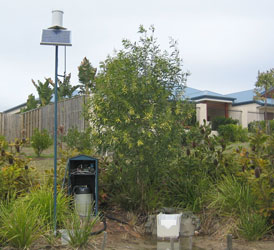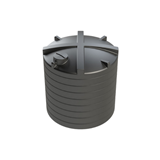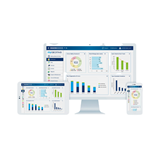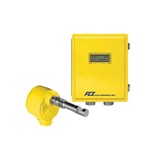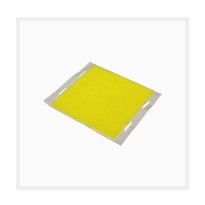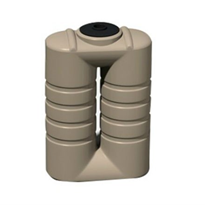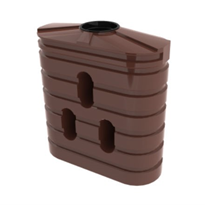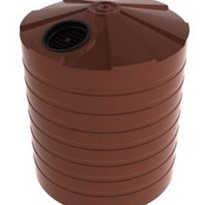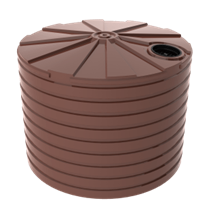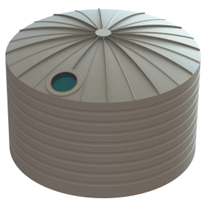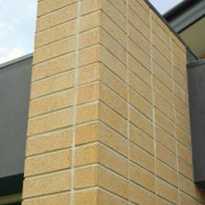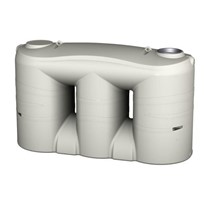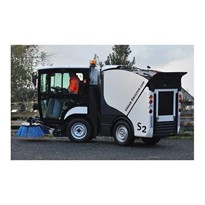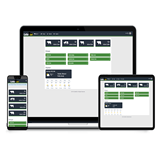This is the case in the South East Queensland area where the parties involved in urban development have made a real effort to include the program as a means of protecting environmental values in the region. WSUD seeks to improve the ecological condition of urban streams, catchments and receiving waters through on-site reuse of the water in a sustainable manner as well as providing temporary storage. Prior to this stage the effectiveness of WSUD treatment systems under real storm events was largely unknown due to insufficient data.
The Department of Natural Resources in Indooroopilly have been involved in assessing the effectiveness of WSUD facilities on Queensland's Gold Coast and predicting the quality of water exiting WSUD devices to the environment. The WSUD facilities include swales, a rain garden, a number of bio-retention basins and wetlands – all situated in an urban area.
The key aim is to find reliable data justifying the efficiency of the WSUD stormwater system in place. Storm flow and rainfall measurements together with water samples taken at specific times throughout the flow period will allow researchers to compare water quality parameters such as nutrients, suspended sediment and heavy metal load at inlet and outlet points in these treatment systems.
Data is collected using water samplers, pressure transducers, flow velocity sensors, tipping bucket rain gauges and custom designed, calibrated V-Notch weirs. These sensors provide measurements of total discharge and flow rate at the weirs or creeks as well as water temperature, rainfall, suspended sediments and the amount of nutrients and metals in the water samples collected during flow periods.
The Campbell Scientific CR1000 and CR211 data loggers employed in this project use the Pakbus protocol to communicate by three separate radio networks. The data is routed from the CR211s to the CR1000s and then made delivered to a central PC via GSM modem connection.
Since its implementation, the system has provided very promising results. Study at the site will no doubt continue for some time to come, as the overall impact of the WSUD development will only be known after long term collection of data through many seasonal variations.


